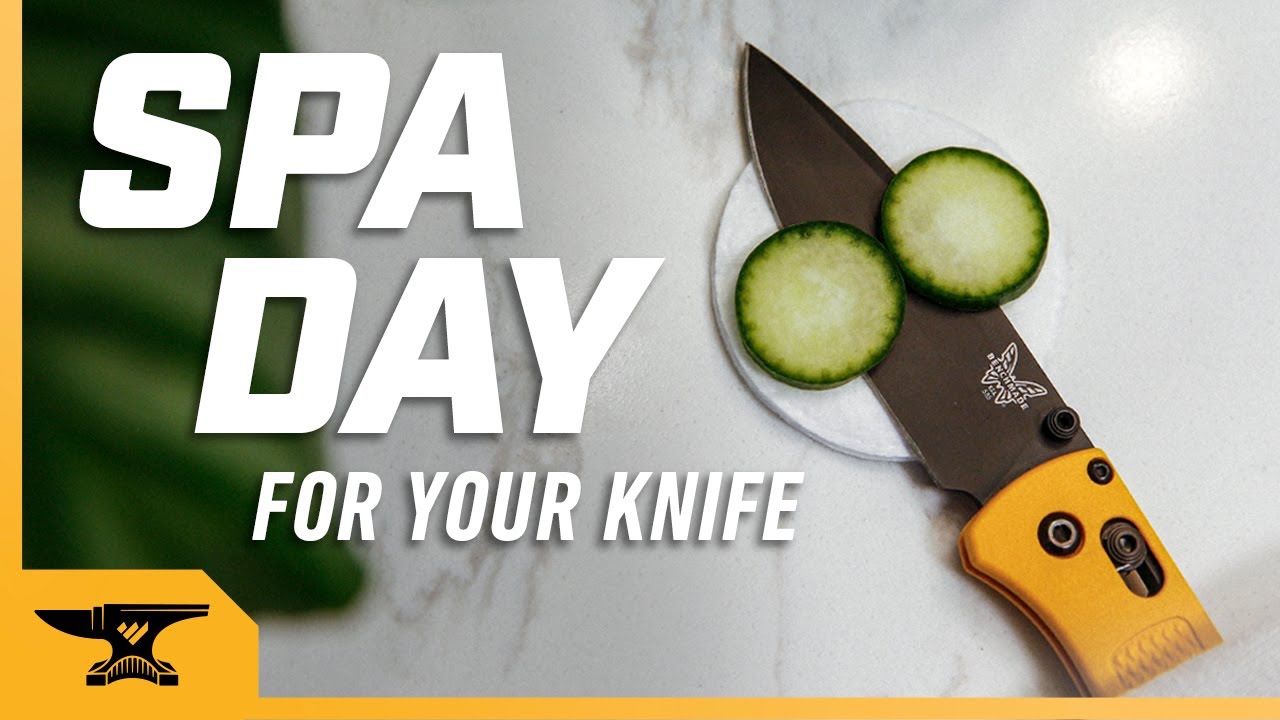By Brand Ambassador & Field Expert Richy Harrod
Every hunter and fisherman know the importance of a sharp knife, but not every outdoorsman has mastered the skill of sharpening a knife. Fortunately, Work Sharp has made sharpening quick and easy. Here are some of my tips to keep in mind when preparing your knives for your next hunting or fishing outing.

Prepare your Knives at Home.
My knives are one of the first essential items I prepare at home before heading to the woods or water. There is nothing worse than finding out you have a dull knife when you need it the most! I like to sharpen my knives after every use and put them away razor-sharp. The Work Sharp Ken Onion Edition sits on my work bench, so it’s easy to make sharpen before storage my habit.
For my filet knives, I use a 20-degree angle and often only use either the X4 or extra fine belt. It only takes a couple passes on each side of the blade because cutting fish bones and skin don’t really dull an edge like hide and bones do on big game animals.
I use a 25-degree angle for sharpening my hunting knives, which are typically 3-4 inch fixed or folding knives. Big game hide, hair, and bones can be hard on a knife edge so at home I’ll make a sharpening progression starting with either the X65 or X22 belts and ending with the extra fine 6000 belt.
A quick and safe way to check the sharpness of your knife is to place the knife edge perpendicular on your thumbnail and with light downward pressure, slowly rotate the knife angle away from your hand. If the knife is sharp, the blade will seemingly stick to your thumbnail and allow to rotate well-passed 45 degrees before sliding. I check the heel, cutting edge, and tip to make sure I have a sharp edge throughout the entire blade.

In the Field
Maintaining a sharp knife in the field is an important part of hunting or fishing success. A dull knife can ruin cuts of meat or lead to injury. So, I carry a Guided Field Sharpener (GFS) in my hunting pack, in my boat, and in my pickup so that I can sharpen my knives anywhere I go.
Skinning and quartering elk or deer are tough jobs so you want cutting to be as effortless as possible. I sharpen my knives several times during the field dressing process. The GFS has both a coarse and fine diamond plates as well as a ceramic hone, which is perfect for touching up your knife. And yes, I carry two or three knives with me when I’m hunting. I’ll use my fixed blade knife for quartering and boning and my folding knives for skinning.
On the boat, I use my GFS several times on each outing to sharpen my hooks. The ceramic hone can be rotated to expose the groove which is perfect for giving hooks an extremely sharp point. I’ve seen my buddies miss fish only to find out their hooks were as dull as a butter knife! Success in fishing starts with sharp hooks and ends when we filet the fish we’ve landed.

Sharp Matters
Treat your knives like you do your gun or fishing rod because they are just as important in our quest to fill our freezers with delicious fish and wild game. Give these tips some thought the next time you plan to head afield and you’ll have great success too! #SharpMatters






